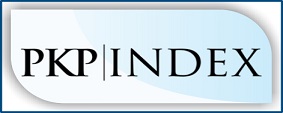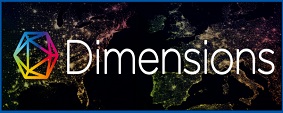Efikasi Diri dan Pengambilan Keputusan Karir Siswa Kelas XII SMAN 1 Tilatang Kamang Kabupaten Agam
DOI:
https://doi.org/10.31004/jpdk.v4i4.4479Abstract
This study examines the self-efficacy and career choices of students in Class XII, SMAN 1 Tilatang Kamang. The results of the fieldwork indicated that many students were still hesitant to make a professional decision after leaving school. Students who were reluctant to make career decisions meant those students had lower self-efficacy. The purpose of this study was to determine students' self-efficacy and career decision-making. The type of study was a related quantitative study using the Self-Efficacy Scale and the Career Decision Scale. The study was conducted with 30 students. The self-efficacy scale, on the other hand, had a reliability of 0.932 in making career decisions, with 46 valid items out of 84 tested. The results of the study of 65 students from the analysis test conducted by SPSS for Windows 20.0 showed that there was no association between self-efficacy and career choice, and the correlation coefficient value was -0.189, which was negative. It can be concluded that there is no relationship between self-efficacy and career decision-making in students, with a very low level of closeness. The level of career decision-making has a high level of 64 students or 98.46% and the level of self-efficacy in choosing a study program is 34 or 52.31%.Downloads
Published
2022-07-15
How to Cite
Murisal, M., Dewita, E., Maiseptian, F., & Oktafia, S. D. K. . (2022). Efikasi Diri dan Pengambilan Keputusan Karir Siswa Kelas XII SMAN 1 Tilatang Kamang Kabupaten Agam. Jurnal Pendidikan Dan Konseling (JPDK), 4(4), 1112–1119. https://doi.org/10.31004/jpdk.v4i4.4479
Issue
Section
Articles
License
Copyright (c) 2022 Fadil Maiseptian, Murisal Murisal, Erna Dewita, Sari Dewi Kurnia Oktafia

This work is licensed under a Creative Commons Attribution-ShareAlike 4.0 International License.
Authors retain copyright and grant the journal right of first publication with the work simultaneously licensed under a Creative Commons Attribution-ShareAlike 4.0 International License that allows others to share the work with an acknowledgement of the works authorship and initial publication in this journal. Authors are able to enter into separate, additional contractual arrangements for the non-exclusive distribution of the journals published version of the work (e.g., post it to an institutional repository or publish it in a book), with an acknowledgement of its initial publication in this journal. Authors are permitted and encouraged to post their work online (e.g., in institutional repositories or on their website) prior to and during the submission process, as it can lead to productive exchanges, as well as earlier and greater citation of published work (See The Effect of Open Access).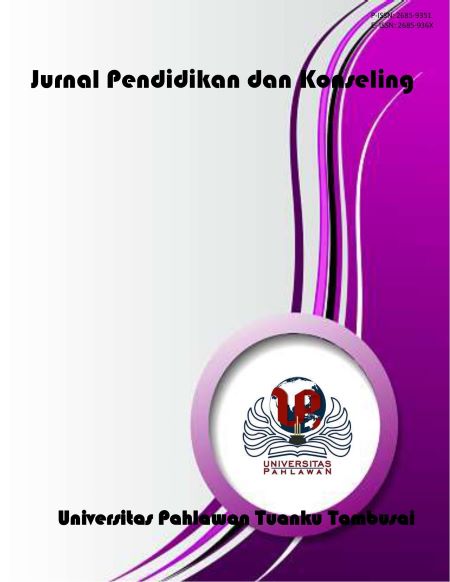


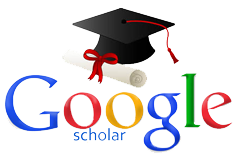
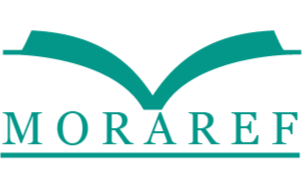
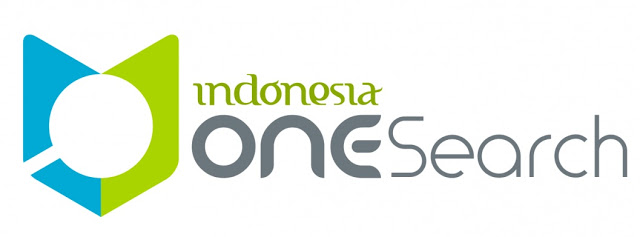
.png)
